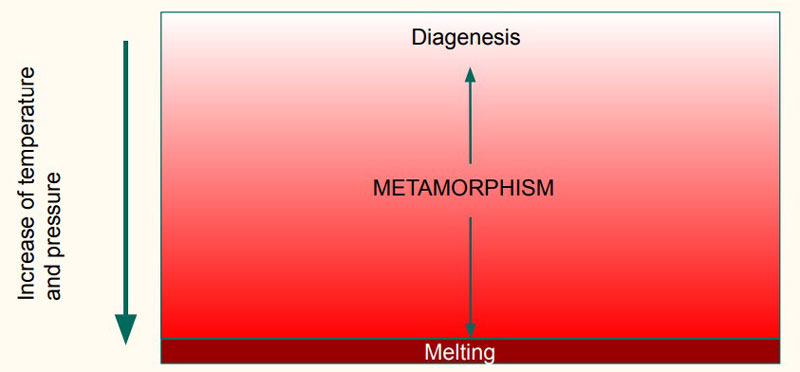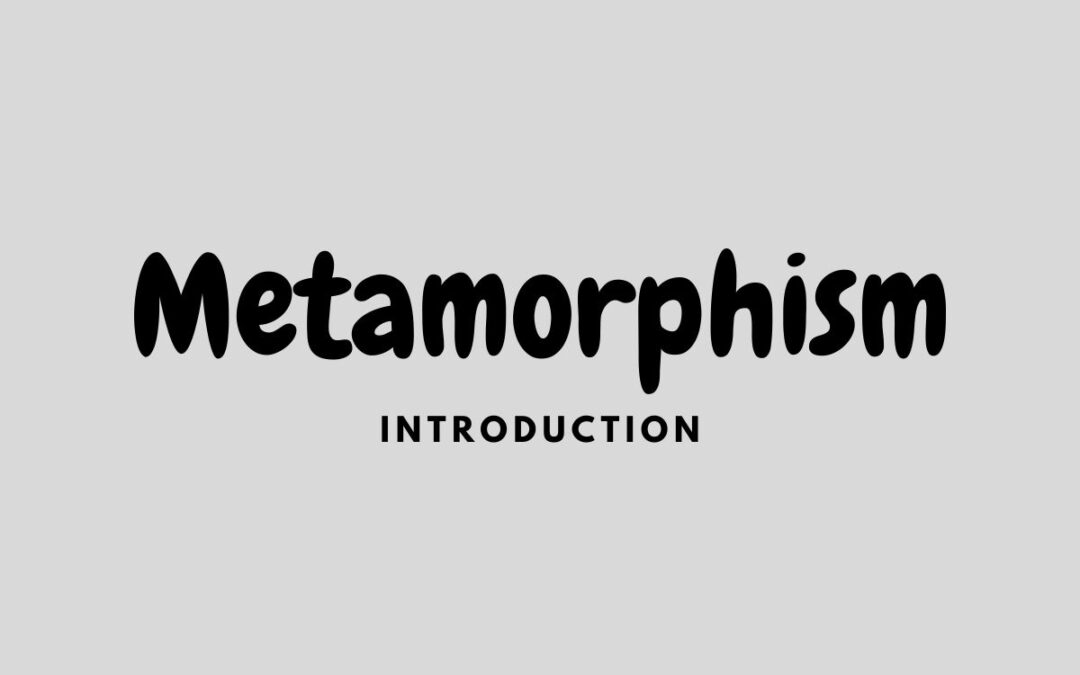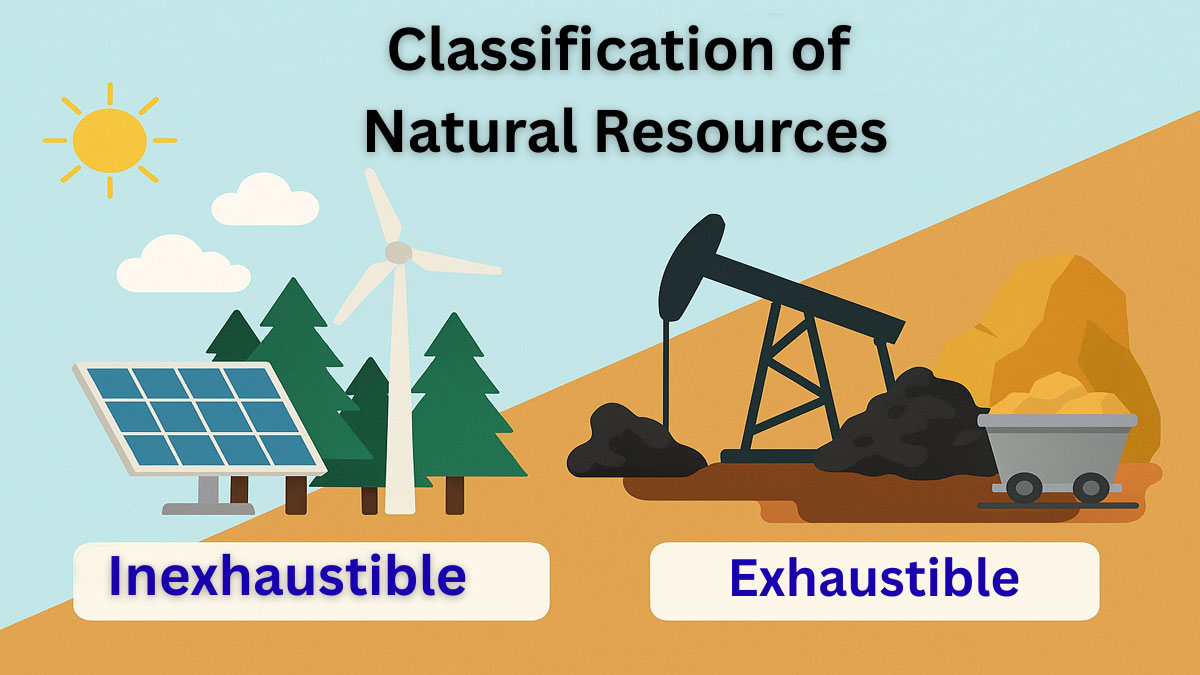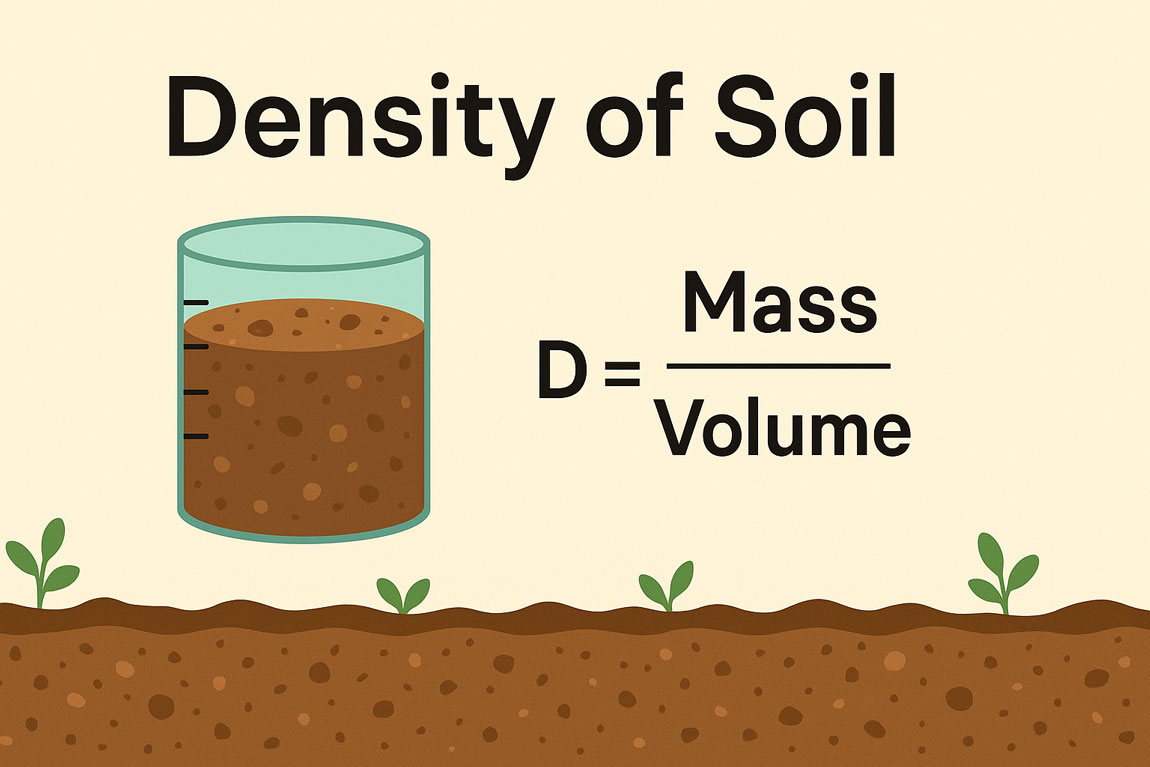What is Metamorphism?
The term metamorphism comes from the Greek (meta morph), meaning “change of form.
The International Union of Geological Sciences (IUGS) defined Metamorphism as – “a process involving changes in the mineral content/composition and/or microstructure of a rock, dominantly in the solid state. This process is mainly due to an adjustment of the rock to physical conditions that differ from those under which the rock originally formed, and that also differ from the physical conditions normally occurring at the surface of the Earth and in the zone of diagenesis. The process may coexist with partial melting and may also involve changes in the bulk chemical composition of the rock.”
- Metamorphism occurs in a wide range of P-T condition
- Bounded by diagenesis (sedimentary process) to melting (igneous process
- The distinction between diagenetic and metamorphic processes may be difficult to make
- One reasonable distinction between the two is that diagenesis involves the deposition of the material in the pores of sandstone, whereas metamorphic reactions involve substantial participation of the grains as well.

Some Key points about metamorphism
- Changes occur in solid state
- Bulk composition generally remains the same; changes are minor
- Recrystallizations and/or reorientation of grains occurs
- Parent rocks are called “Protoliths.” Some common protoliths-
a) Sedimentary Origin
● Pelitic (Fine-grained sedimentary rocks)
● Psassamitic (Sandy sediments)
● Carbonate: Rocks derived from more or less pure limestones and dolostones
b) Clear Igneous Origin
● Ultramafic: Derived from high-Mg–Fe magmatic rocks—including peridotite, pyroxenite, and
dunite
c) Mixed Origin
- Mafic: Silicate rocks that have relatively high concentrations of Mg, Fe, and Ca, as well as appreciable Al corresponds to a basaltic (gabbroic) protolith or, in some instances, a clay-bearingdolostone or marl
- Quartzo-Feldspethic: Quartz- and feldspar-bearing metamorphic rocks derived from felsic magmatic rocks, as well as feldspathic and lithic sandstones.
5. Metamorphism produces distinct suites of minerals. Therefore, identifying the mineral assemblages in a rock is important in identifying the type of parent rocks and degree of metamorphic
6. At low temperatures, metamorphism overlaps with diagenesis
7. At high temperatures, metamorphism overlaps with melting
8. The process of partially melting rocks is called “anatexis.”
9. While the residue left behind after extraction of the melt, a rock known as the restite is a metamorphic rock
10 Partial melting often produces a mixed rock called “Migmatite.”
Migmatite (A product of Partial Melting) A migmatite is a “mixed rock” that contains granite, or granitic gneiss, interlayered with a more mafic gneiss. The granitic layers are called leucosome (for light layer) and the more mafic layers are called melanosome (for the dark layer). The leucosome usually is granitic since this rock melts at the lowest temperature, but it may range in composition from granite to tonalite. The melanosome may range from pelitic, wherein it will contain biotite and Al-rich silicates such as garnet, cordierite, or sillimanite to psammitic, wherein it will contain mainly biotite as the ferromagnesian silicate, although hornblende and garnet may be present.
Recrystallization
a) Under lithostatic pressure: Two distinct processes can be recognized
1. Recrystallization sensu stricto. Boundaries of existing grains are texturally modified in
some way. No new phases are created.
- An example of grain coarsening is seen in the conversion of limestone to marble
- Grain boundary adjustments can also change grain shapes, with triple grain boundary junctions forming angles near 120°
2. Solid-state crystallization. The nucleation and growth of crystalline grains of a new phase or phase are stabilized by changing metamorphic conditions.
- Examples include the formation of white mica and chlorite from illite and smectite in the shale-to-slate transition.
b) Under directional stress
- Causes solid-state ductile deformation or, as it is frequently called, ductile flow, resulting in parallel/preferred orientation of grains producing lineation and foliation
- Concurrent recrystallization and ductile flow are common. In fact, deformation caused by directional stress may catalyze recrystallization.






